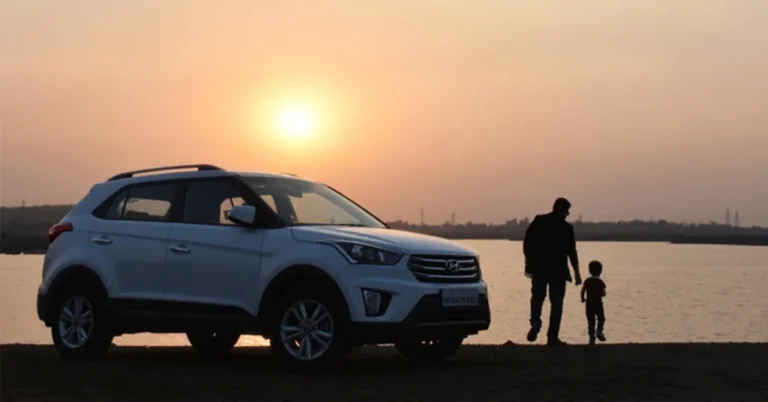Highways provide speed and ease of use; nevertheless, they might also have erratic circumstances and times when seconds determine results. Although free-spirited highways and big lanes seem liberating, the reality of long-distance driving calls for constant attention. One little mistake, a change in the climate, or one careless motorist might impact life significantly.
Insights into Crashe
A reliable California Highway Patrol accident report, or one from your state, can reveal driving errors, distractions, and misjudgments. These patterns show the impact of seemingly little actions, from late braking in high-speed zones to erroneous lane changes near ramps. In transitions like merging, leaving, or navigating construction zones, sudden stops or confusing signs test drivers’ flexibility, making families especially vulnerable.
The Myth of Vehicle Readiness: What Most Overlook Until It’s Too Late
Though tire integrity, brake response, and the quality of safety electronics are somewhat crucial, visual cleanliness and a smooth engine sound generally persuade drivers their automobile is ready for any journey. High-speed scenarios on short city journeys expose flaws not obvious. Under-inflated wheels might burst during heat build-up; tires with uneven wear may lose traction during rapid turns. Many drivers postpone professional checks until they find a flaw, but by then, their families have already been in danger.
Rest and Focus: Cultivating the Right Mental Attitude and Environment
Driving long distances might cause “highway hypnosis,” in which drivers lose consciousness while still driving. This mental fog gradually slows reaction times and decision-making, threatening families without warnings. In addition to coffee, long-distance travel requires pauses, talk, and even physical exercise to retain alertness. Controlling emotional energy in the car is crucial. A noisy, unclean cabin may cause attention overload, affecting the driver’s focus on external dangers.
Making Quick Decisions: The Impact of Lane Discipline in Traffic
High-speed driving, especially regarding lane position and movement, calls for frequent, careful judgment. A late response to an exit ramp or quick weaving through traffic, especially in heavy traffic, might set off a chain-reaction disaster. Lane discipline is about deliberately utilizing lanes to reduce conflict, not about rigidly maintaining one place. Usually offering the most stability, the middle lane keeps one free from left-side fast-passing traffic and entry ramp congestion in multi-lane driving. Early lane changes, clear signals, and a safe following distance create a regular driving pattern that lessens surprises to other drivers.
Respecting the Elements: Weather, Darkness, and Road Conditions
Driving in adverse weather requires abilities most seasoned drivers lack. Wet roads reduce stopping power, but wind gusts change vehicle course, particularly for SUVs and vans. In such conditions, driving at highway speeds risks hydroplaning or spinout. Sudden fog or rain with darkness reduces visibility. Many drivers underestimate the little visibility loss caused by worn wipers or foggy windows, making it harder to identify tiny threats. Safety comes from adapting—slowing down, increasing following distance, and ensuring full light functionality—not pushing forward and addressing the situation.
Conclusion
Shortcuts cannot provide constant safety, which rapid travel among strangers demands. It’s more about being the most prepared, aware, and in control of your surroundings than being the best driver.

